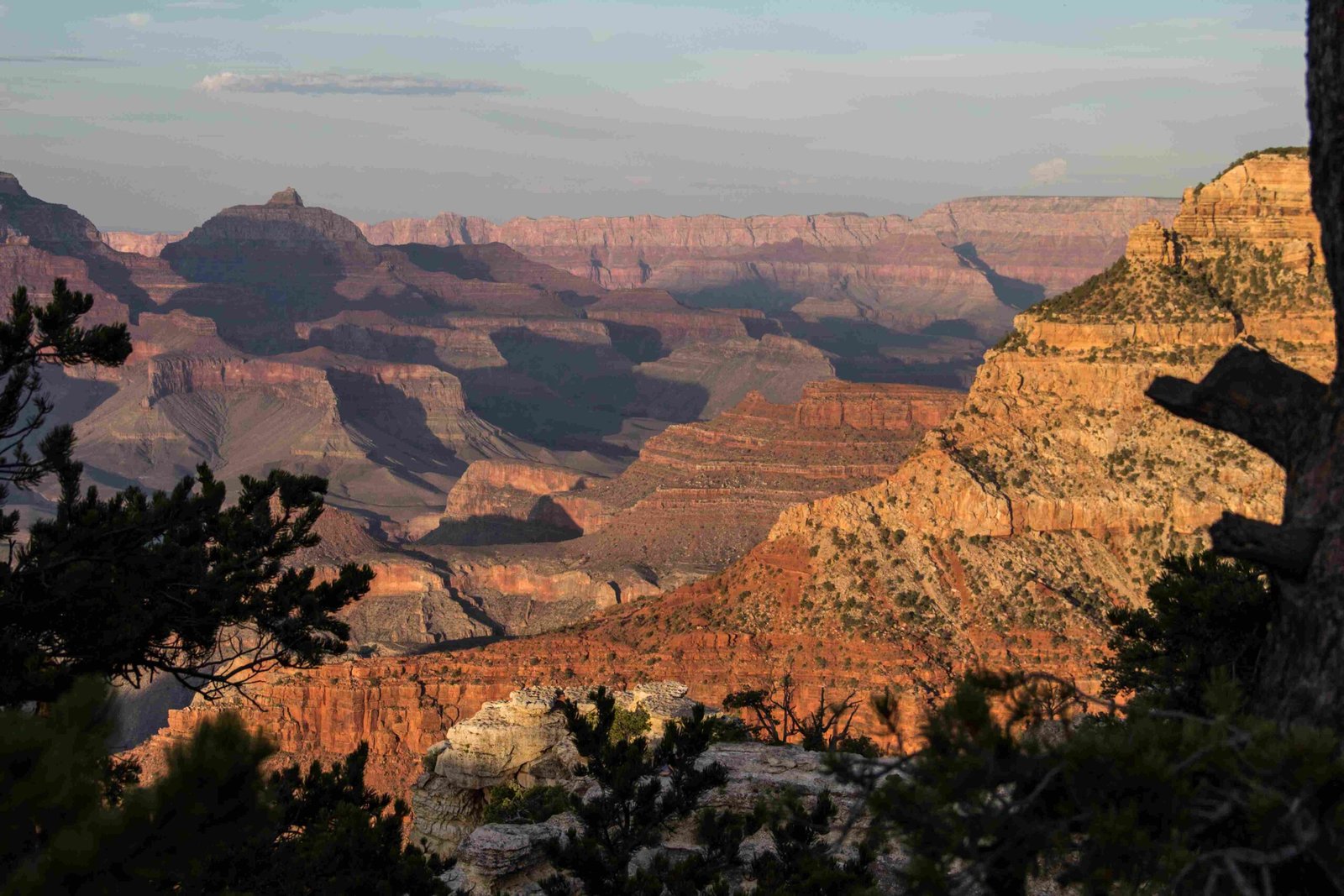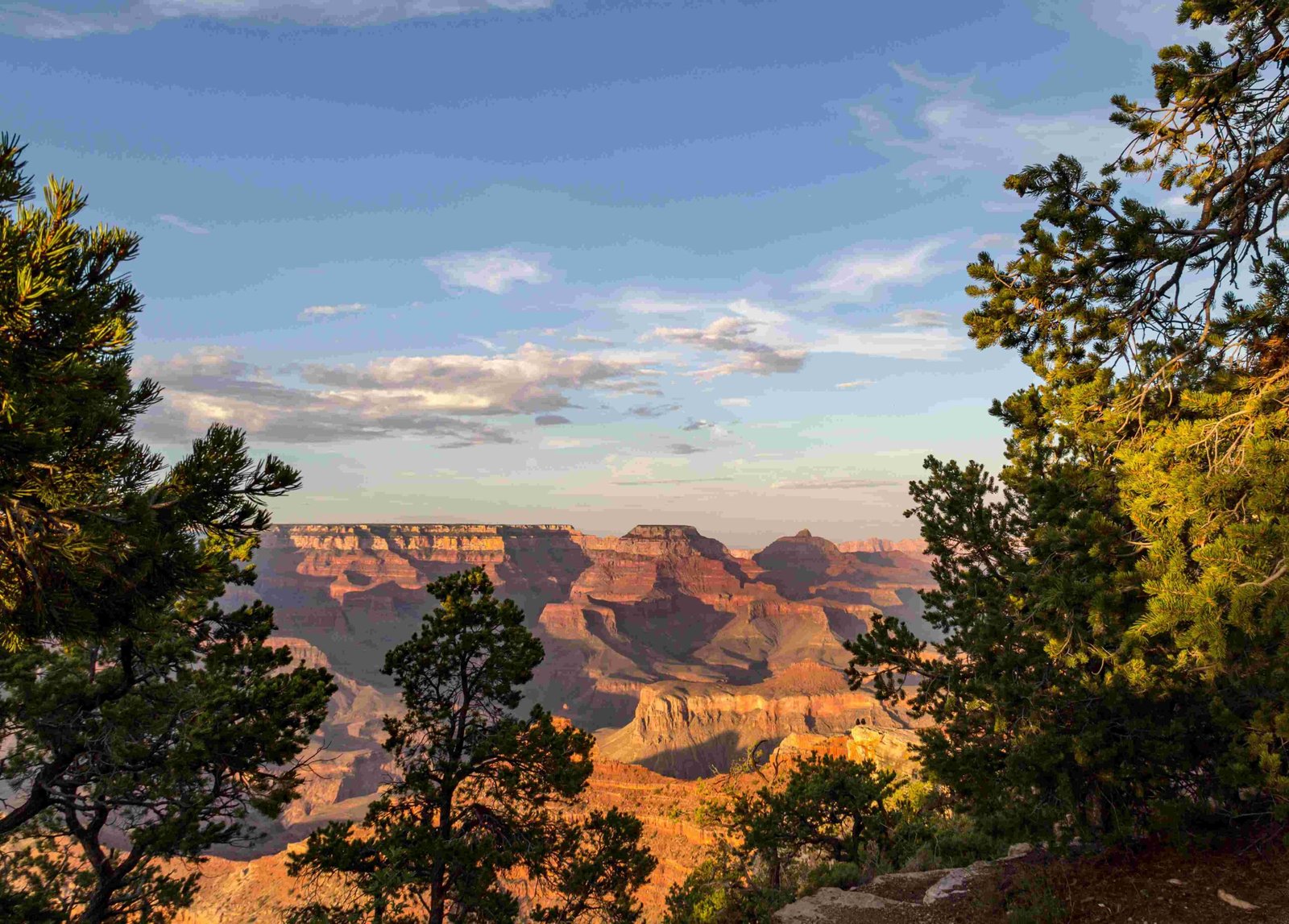The Grand Canyon in the US has always represented an extraordinary testament to geological transformation, standing as a monumental landscape that reveals nearly two billion years of Earth’s complex history. Carved by the persistent Colorado River and shaped by millions of years of erosion, this magnificent canyon stretches 278 miles across Arizona, offering an unparalleled window into planetary evolution, human history, and natural beauty that continues to inspire scientists, adventurers, and visitors from around the world.
What Makes the Grand Canyon a Unique Geological Phenomenon?

Rock Layers: A Chronological Record of Earth’s History
The Grand Canyon’s geological significance lies in its remarkable rock formations, which serve as a comprehensive timeline of planetary development. Each layer represents a different geological era, creating a stratified record that geologists and researchers find invaluable.
| Rock Layer | Geological Period | Approximate Age |
|---|---|---|
| Kaibab Limestone | Permian Period | 270 million years |
| Coconino Sandstone | Permian Period | 275-290 million years |
| Vishnu Basement Rocks | Precambrian Era | 1.7 billion years |
How Did the Colorado River Shape the Canyon?
The Colorado River played a pivotal role in carving the Grand Canyon through a process of continuous erosion. Over approximately six million years, the river gradually cut through layers of rock, creating the dramatic landscape we see today.
Key Erosion Factors
- Consistent water flow
- Varying rock hardness
- Tectonic plate movements
- Climate changes
Who Were the First Inhabitants of the Grand Canyon?

Native American Cultures and Early Settlements
Long before European exploration, the Grand Canyon was home to diverse indigenous populations:
- Ancestral Puebloans (4,000-1,000 years ago)
- Cohonina people
- Paiute tribes
- Navajo Nation
What Significant Explorations Defined the Canyon’s Discovery?
European and American Expeditions
- 1540: First European sighting by Spanish explorer García López de Cárdenas
- 1869: Major John Wesley Powell’s groundbreaking river expedition
- 1908: Establishment as a National Monument by President Theodore Roosevelt
Wildlife and Ecosystem Diversity
How Many Species Inhabit the Grand Canyon?
The canyon supports an incredibly diverse ecosystem:
- 355 bird species
- 89 mammal species
- 47 reptile species
- 1,500+ plant species
Conservation Efforts and Challenges
The National Park Service continuously works to:
– Protect endangered species
– Manage visitor impact
– Preserve natural habitats
– Monitor ecological changes
Why Is the Grand Canyon Considered a World Heritage Site?
Global Significance and Recognition
UNESCO designated the Grand Canyon as a World Heritage Site in 1979, acknowledging its:
– Exceptional geological value
– Unique biodiversity
– Cultural and historical importance
– Scientific research potential
Visitor Experience and Tourism
What Can Visitors Expect?
Visitors can explore the canyon through:
– Hiking trails
– Rafting expeditions
– Helicopter tours
– Scenic drives
– Educational programs
Conclusion
The Grand Canyon in the US has always been more than just a landscape—it’s a living museum of geological processes, a sanctuary of biodiversity, and a testament to the dynamic nature of our planet.

